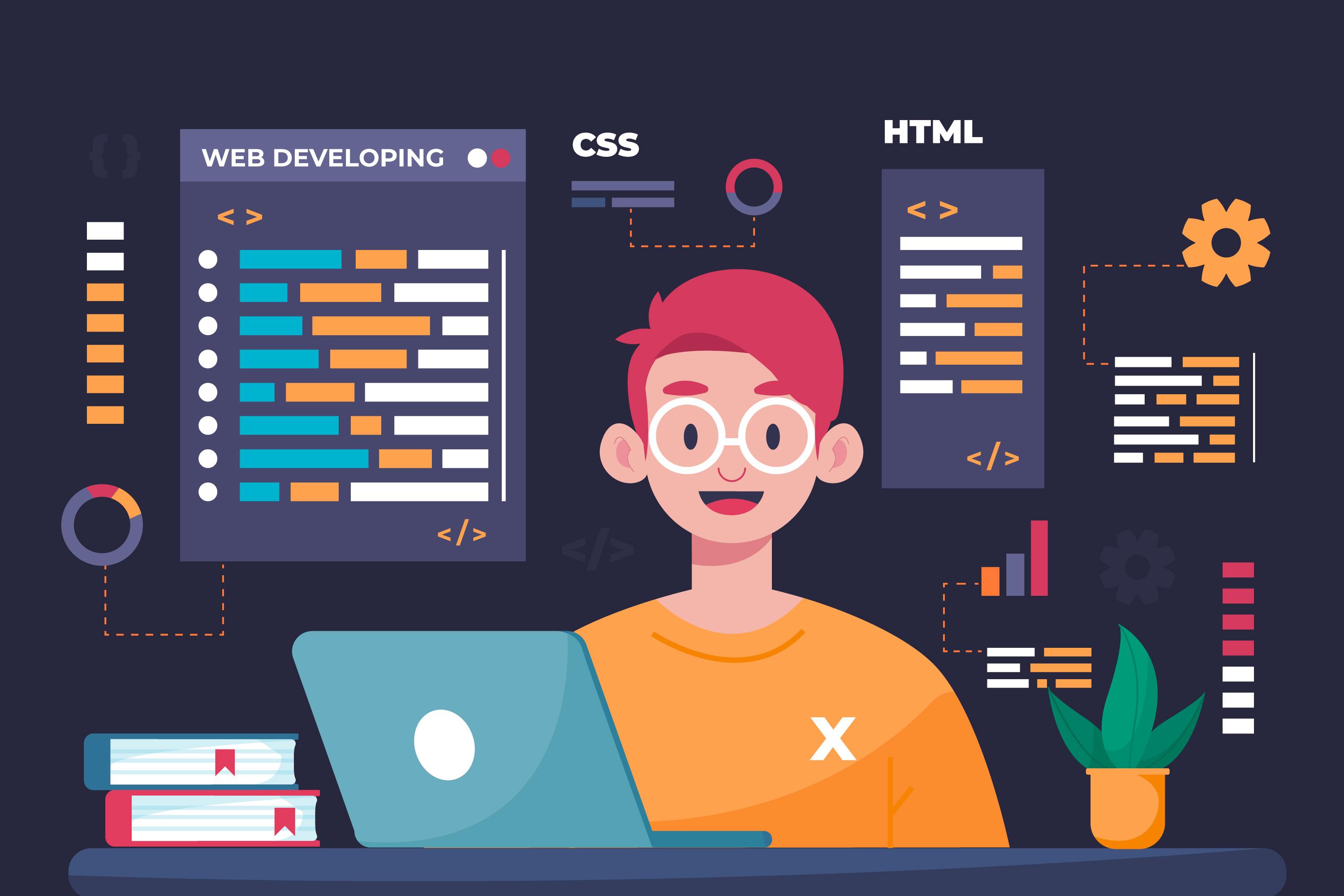Hire Dedicated Developers for Your Following Big Project with Confidence
Committed Developers vs. In-House Teams: Which Is Right for You?
The decision between using devoted designers and maintaining an internal team is a significant one that can influence the trajectory of your tasks and overall service approach. Alternatively, internal teams add to a natural firm culture and a nuanced understanding of long-lasting goals.
Recognizing Devoted Designers
The growing need for specialized abilities in the tech market has actually resulted in the introduction of devoted programmers as a viable option for numerous companies. These experts are normally acquired on a task basis, permitting business to utilize particular proficiency without the lasting dedication connected with permanent hires. Dedicated developers are commonly embedded within a client's team, giving flexibility and scalability to satisfy task requirements.
This design permits companies to access a global skill swimming pool, which is particularly beneficial in a quickly advancing technological landscape. Dedicated designers can be sourced from numerous geographical areas, making certain that firms can discover the best ability at competitive rates. They usually bring a wealth of experience and knowledge, having worked on diverse jobs across different markets.
In addition, dedicated developers can focus exclusively on the tasks at hand, improving efficiency and effectiveness. They are furnished to incorporate effortlessly into existing process, working together very closely with internal teams to accomplish project goals. This strategy not just lowers the burden of recruitment and training but also permits companies to stay active, adjusting swiftly to altering market demands and technical innovations.
Benefits of In-House Teams

In addition, in-house groups often tend to have a deeper understanding of the business's goal, values, and goals. This placement can enhance worker involvement and motivation, as employee feel much more attached to their job and the organization's success. Furthermore, having a dedicated internal group permits for better alignment of goals and approaches, as these members are regularly concentrated on the firm's priorities.
In-house teams likewise assist in quicker decision-making procedures, as they can react extra swiftly to changes and challenges. The well-known partnerships and knowledge with firm protocols allow for streamlined workflows and reduced miscommunication. Ultimately, the combination of a cohesive society, placement with business objectives, and reliable interaction makes internal teams an important possession for numerous organizations, particularly those wanting to cultivate long-term development and advancement.
Price Factors To Consider
When assessing cost considerations, both dedicated programmers and internal teams present distinctive monetary ramifications for organizations. Involving specialized designers generally involves a pay-per-project or per hour rate design, which can be affordable for businesses with fluctuating task demands. This approach permits for versatility in scaling resources up or down, making certain that business only spend for the services they require.
On the other hand, internal teams require repaired prices, including wages, benefits, and overhead expenditures such as office room and devices. While this model uses greater control and prompt accessibility of sources, it may bring about higher lasting expenses, specifically if the workload does not validate a permanent staff.
Additionally, companies should think about the hidden prices connected with employment and training of internal employees, which can even more stress spending plans. In many cases, the time and sources invested in taking care of an in-house team can interfere with the company's core organization objectives.

Task Monitoring and Adaptability
Task administration and adaptability are crucial aspects that influence the option in between internal teams and specialized programmers. Dedicated groups often have developed processes for handling tasks effectively, leveraging certain techniques like Agile or Scrum, which help with repetitive progression and flexibility.

Ultimately, the selection between internal teams and dedicated designers rests on the preferred level of versatility and the specific task administration requirements. Firms need to assess their functional dynamics, task complexity, and source accessibility to determine which alternative lines up ideal with their tactical purposes.
Making the Right Option
Selecting the right advancement technique-- in-house teams or devoted designers-- needs a cautious evaluation of different variables that straighten with a company's tactical objectives. On the other hand, in-house teams can supply much better connection and combination with existing workers.
Following, examine your budget plan. Devoted designers usually offer a cost-effective service for short-term projects, while internal groups may incur higher lasting expenditures because of incomes, benefits, and expenses prices. Examine a knockout post the level of control and collaboration wanted; internal teams generally foster more powerful interaction and positioning with company society.
If immediate outcomes are essential, devoted programmers can be onboarded rapidly, whereas developing an internal group takes time for recruitment and training. If constant growth is vital, investing in an internal group might yield much better returns over time.
Conclusion
In verdict, the decision in between dedicated designers and in-house teams depends upon job demands and organizational goals. Dedicated developers give flexibility and specialized competence, making them appropriate for short-term efforts. Conversely, in-house groups grow a natural culture and deeper alignment with lasting objectives. Cautious assessment of budget constraints, task timelines, and preferred control levels is important for determining one of the most proper technique, guaranteeing alignment with critical concerns and operational efficiency.
The choice between making use of devoted developers and keeping an in-house group is a significant one that can influence the trajectory of your jobs and total service strategy.Job management click to investigate and adaptability are crucial variables that influence the selection between in-house groups and dedicated designers. software development staff augmentation.In contrast, internal groups may succeed in preserving a consistent job management framework due to their knowledge with the company's culture and long-lasting objectives. Committed developers commonly offer an affordable remedy for temporary projects, while in-house teams may sustain software development technologies greater lasting expenses due to salaries, benefits, and overhead expenses.In final thought, the choice in between internal groups and specialized designers pivots on project demands and organizational purposes